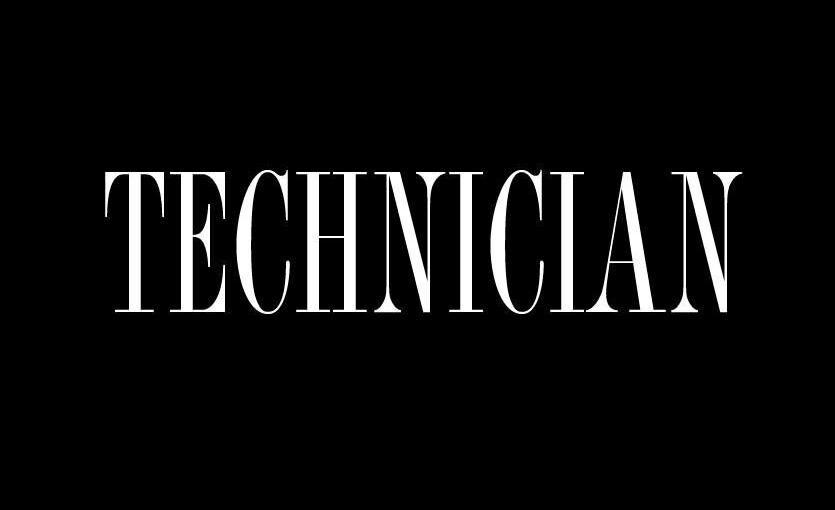Protesters across the country will gather Wednesday to demand an increase in the federal minimum wage, including a demonstration scheduled to take place on Shaw University’s campus in Raleigh.
The minimum wage has become a cause célèbre in American culture, or at least so it would seem. According to a Department of Labor report, the Service Employees International Union has contributed millions of dollars to “worker centers” organizing the protests.
The report also showed the SEIU paid PR firm Berlin Rosin $1.3 million, “not just to coordinate media for the protests but to also provide people for the crowds,” according to Diana Furchtgott-Roth, a senior fellow at the Manhattan Institute.
These revelations have caused some to question whether it’s primarily low-wage workers—or just big labor—pushing #Fightfor15.
Regardless, the question of whether a higher minimum wage is the most effective way to combat poverty begs greater discussion, despite advocates of the “living wage” viewing the suggestion as heresy.
A survey by the Employment Policies Institute found that 69 percent of labor economists viewed “living wage ordinances” as “not at all efficient” in combating poverty, and 75 percent believed a national living wage would result in employment losses.
In addition to employment losses, 75 percent of economists surveyed believe a national living wage would cause employers to hire “better-skilled applicants.” According to the Pew Research Center, minimum wage earners are “disproportionately young,” with just more than half ages 16 to 24, and almost a quarter being teenagers, ages 16 to 19. Those younger workers, who often start at minimum wage jobs to gain work experience, could see their job options reduced as employers look for candidates with higher levels of skill to offset the additional wage costs.
Advocates of a higher minimum wage present a false dichotomy in arguing for their cause: either raise the wage, or let people suffer in poverty. They fail to acknowledge that there are other potential solutions.
One such idea, supported even by some conservatives and libertarians, is a guaranteed minimum income.
Economist Milton Friedman supported a variant of this idea, the negative income tax (similar to the current Earned Income Tax Credit), which would establish a minimum income level and provide subsidies to taxpayers whose income doesn’t meet the minimum.
Conservative pundit Charles Murray suggested giving all Americans over the age of 21 a $10,000 payment each year, and doing away with all current welfare programs.
These types of programs see support from conservatives who seek to limit the size of government and would also require significantly less bureaucracy to administer one welfare payment program than it does to administer the 126 federal anti-poverty programs that exist today.
The guaranteed minimum income would also give recipients greater autonomy over how they use the subsidy.
Ninety-eight percent of economists surveyed by the EPI said they view the EITC program as either “very efficient” or “somewhat efficient” at combating poverty.
If “living wage” advocates are serious about addressing the problem of poverty in America, they should reevaluate their policy goals, and ask themselves, “Are we more interested in pushing the rhetoric of ‘corporate greed’ and punishing business, or do we truly want to improve the lives of the least among us?”














